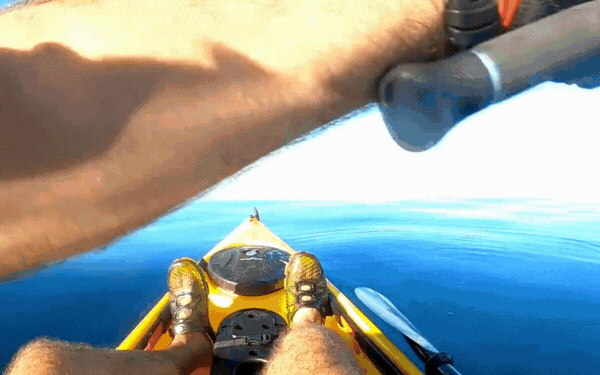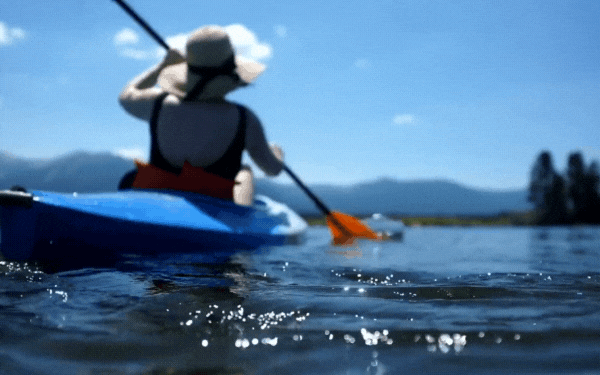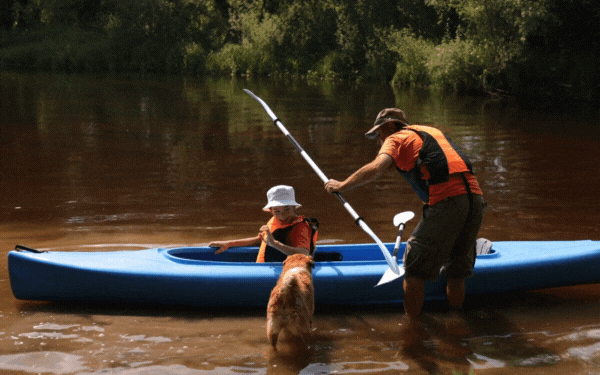Pressures of the modern way of life imply busy schedules and many different stressful situations that happen to us daily. In such a world, it is crucial that each of us has something that makes life enjoyable and pleasurable, something to look forward to at the end of a rough day out. An activity you care deeply about is often enough to turn around not just a bad day, but a whole week.
For many people, that activity is fishing. Catching fish out in the wild, away from society and all of its problems, what better way to enjoy some peace and quiet and marvel at nature? The activity we now know as fishing has not changed that much in the thousands of years people being around. Providing for their families and selling what they caught to others, fishermen were integral parts of societies for millennials.
Not much has changed today, except perhaps the tools and all the fishing gear that makes the overall premise of casting and fishing much easier. Simpler times bring easier ways to do things and anglers sure have it good today.
Not only is fishing easier, but it is also safer, at least when you know how to behave and what to do out there. This is particularly the case when you plan to fish from the water while on a kayak.
Kayak Fishing

There is hardly anything wrong with the good old way o fishing from the shore. It has been the go-to form of catching fish forever and it will continue to be. However, more serious anglers do end up feeling like they want or need more than that. Eventually, they develop the wish to be closer to the fish and in the water. Or rather, on the water.
This is where kayak fishing comes in as the now most popular form of fishing from a boat. While other small vessels and boats are enough, there is nothing quite like doing it from a kayak meant for fishermen. It has all the mounts, space, features, and specs that a fisherman needs for their time on the water.
Be it a sit-inside or a sit-on-top model, the angler can fit it with all sorts of equipment and gear and set off, spending the whole day on the water.
However, since all of this happens on the water, there are extra safety measures to be taken into account. Preparing for all the possible outcomes is crucial when going on a single-person boat trip whatever the reason for it. As a fisherman, you are already accustomed to organizing your gear and preparing the whole setup at home.
With a kayak, things are more challenging since there is always a possibility to capsize and fall overboard. Knowing what to do in that situation can save your life and should therefore be practiced.
This is why practicing how to flip your kayak and conducting yourself properly in the water is crucial. If it seems like overkill, know that this is the only way to be ready when your kayak indeed flips over and you are left to your devices.
When Do Kayaks Flip over?

Fishing kayaks most commonly flip over either when leaving and entering them, or when the fisherman moves too much for example when they attempt to stand up. They can of course also capsize when the river or whitewater is too fast and when there are too many obstacles in the water.
Strong winds can be an issue as well, but human error can also cause it like shenanigans while paddling or not taking obvious dangers seriously.
Whatever the case, the result is always the same. The fisherman falls into the water due to the kayak flipping. Now, the kayak itself does not always capsize. It can stay the right way up, but it can also be entirely flipped over.
This is when the angler needs to swim in order to save their life. Most of the gear is strapped to the kayak and somewhat safe, but it doe snot matter. Your life is the most precious thing and you should be safe first.
In an unlikely worst-case scenario, the fisherman loses the kayak and all the gear but at least they survive. Since it is a dire situation you absolutely want to avoid, the only thing that can prepare you for it and help you is intentionally flipping over your empty kayak in a controlled situation.
Most fishermen do this in shallow waters and close to the shore. They go through all kinds of scenarios, from standing up or paddling the wrong way to turning too fast or moving too much.
Practice Makes Perfect

You are not practicing to get good at flipping, but to know how to behave and what to expect if it happens when you least expect it. As long as you find yourself in the water next to your kayak, it is a good situation to practice.
Usually, the biggest shock to the anglers is the temperature of the water. Streams, whitewater, rivers, and even lakes are much colder than what we expect and the initial shock is enough for panic and disorientation.
Next up, you need to learn how to properly wear and use your life vest. Make sure to have it while practicing flipping so that you know when to activate it and how to behave while wearing it.
Remember that it is there to literally save your life and it should definitely not feel like a hindrance. If it does, that is why you are practicing, to make sure it fits and that you have the right model on you.
The angler needs to have a deeper connection with the kayak and the setup. How you rig it should make sense in every situation, from fishing to going overboard. Practicing flipping will come in handy if you ever find yourself in the water.
Swimming to help someone else is reason enough to flip your own kayak, and since you will do it in a controlled way you will not have to worry about it while saving another fisherman’s life.
Adelaide Gentry, a seasoned kayaking enthusiast and expert, is the driving force behind KayakPaddling.net. With over a decade of experience navigating the world’s most challenging waterways, Adelaide combines her passion for adventure with a deep knowledge of kayaking to provide insightful and practical guidance for paddlers of all levels.
Related Posts:
- Heavy Duty Fishing: 11 Best Rods And Reels For Big Fish 2024
- 10 Best Saltwater Fishing Boats - Ultimate Angling Adventure
- 16 Best Kayak For Beginners 2024 - Kayaking Adventure Gear
- 12 Best Fishing Lures Ever 2024 - Baits That…
- 10 Best Fishing Canoes 2024 - All-Around and Trolling
- 12 Best Motorized Kayak 2024 - Start Your Aquatic Adventure!












